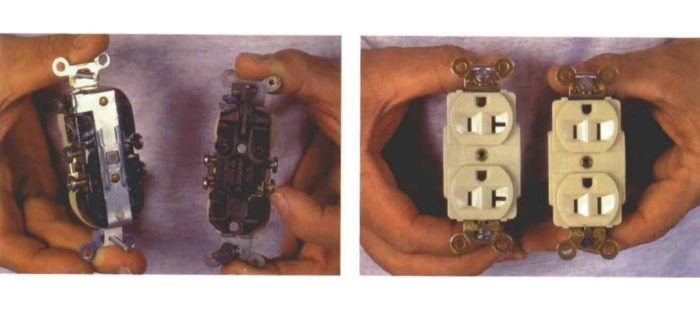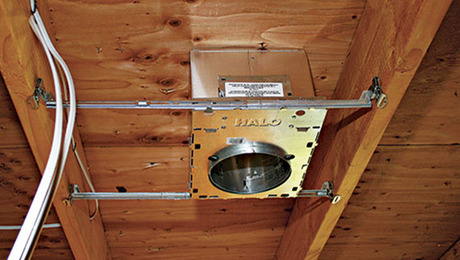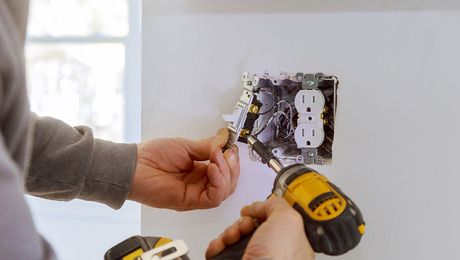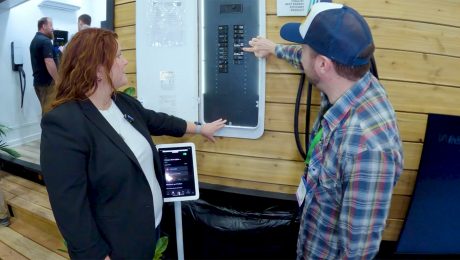Installing Electrical Boxes and Receptacles
Keep boxes straight and splices tight for safe, trouble-free circuits.

Synopsis: Here are a number of tips on a topic you thought you already understood. The author, a master electrician, explains the ins and outs of electrical boxes and receptacles, from box size to safe wire splices.
Becky and Tyler were convinced that their house was haunted. Calling me was their last resort. The demon in residence was causing lights to go on and off mysteriously, and several of those child protector inserts had actually melted in receptacles. A few hours before the couple called, sparks had flown from an outlet in the nursery; nothing was plugged into it. If I couldn’t help them, they were moving out.
When I got there, I could feel heat radiating from a number of outlets. In fact, one kitchen outlet was so hot that it had deformed the plug on a blender. It didn’t take long to find the problem. Cheap receptacles had been installed and wired using the push-in connections in the back. These connections were beginning to fail, causing heat in the outlets and the intermittent flow of current. I exorcised the evil spirit by correctly wiring in new outlets in the house, and my head didn’t swivel around even once.
Receptacle boxes: a question of volume
The first step in correctly installing a receptacle is choosing the right box. The array of electrical boxes can be bewildering even to an electrician: metal vs. plastic, integral nail vs. bracket mount, square vs. rectangular, deep vs. shallow, and so forth. The main factor to consider when buying an electrical box is volume, or cubic inches of space inside the box. The National Electric Code calls this space “cable fill” and specifies the necessary amount of cable fill based on the size of the wires, the number of wires entering the box and the type of device the box will hold. If a box is too small, the wires will be overcrowded, resulting in broken, shorted wires and possible damage to the box’s receptacle holding threads.
Here are the NEC cable-fill requirements for wiring a standard 120v receptacle. A typical cable for wiring receptacles, such as 12/2 NM (nonmetallic) cable with ground, has three conductors: black, white, and ground. Each conductor adds one volume unit (2.25 cu. in. for 12-ga. conductors), except for the grounding conductors. Regardless of the number of cables entering or leaving the box, the grounding conductors together equal one volume unit for the total of the box. Add a volume unit for cable clamps or support fittings in the box. Add two volume units for the receptacle. Add nothing for NM external connectors.
For more photos and details, click the View PDF button below:


























